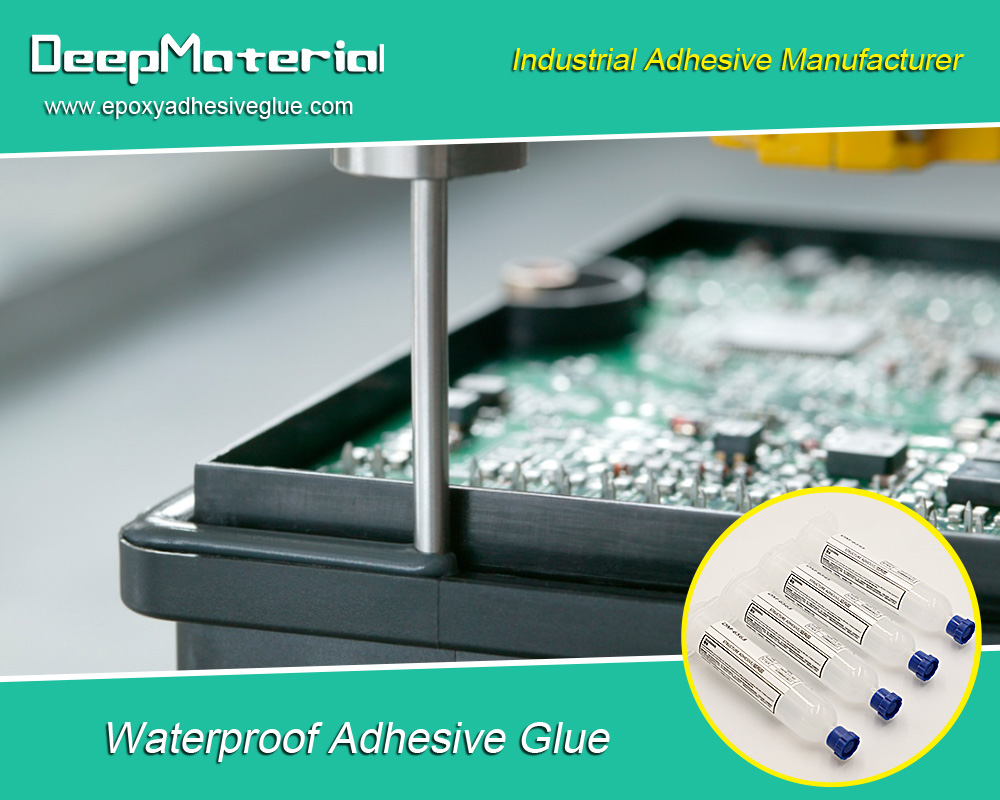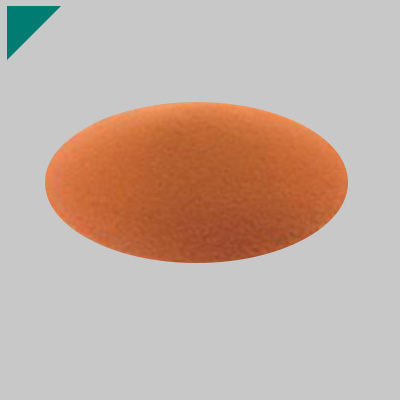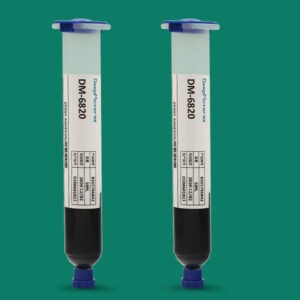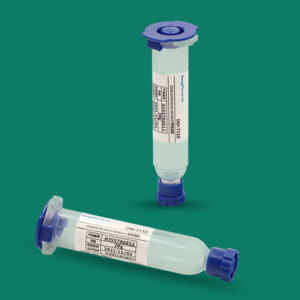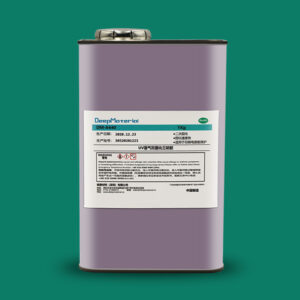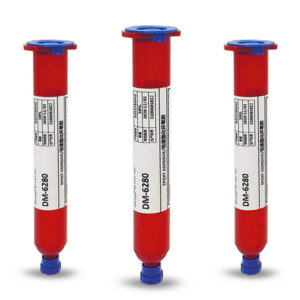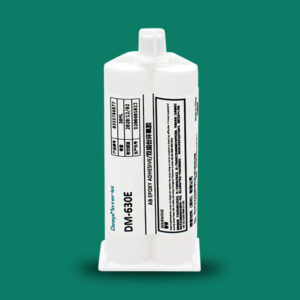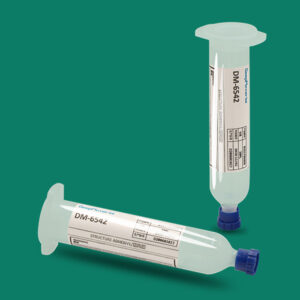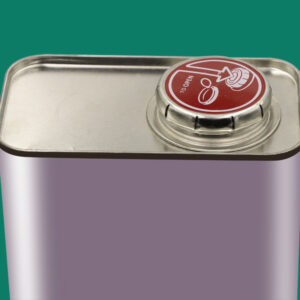The 3 Core Advantages of Automatic Fire Suppression Material
The 3 Core Advantages of Automatic Fire Suppression Material
In a world where fire incidents continue to pose significant risks to lives, property, and economies, the evolution of fire protection technologies has been nothing short of revolutionary. Among the most promising innovations are automatic fire suppression materials, particularly condensed aerosol systems. These materials, often in the form of compact generators or modules, activate autonomously upon detecting heat, smoke, or flames, releasing a fine mist of fire-interrupting particles that smother flames without depleting oxygen or leaving harmful residues. Unlike traditional water-based sprinklers or manual extinguishers, these systems offer a proactive, self-contained solution ideal for homes, vehicles, data centers, and industrial facilities.
The urgency for such advancements is stark: According to global fire safety reports, uncontrolled fires cause billions in damages annually, with industrial losses alone exceeding $300 billion in recent years. Automatic fire suppression materials address this by providing reliable, efficient protection that minimizes response times and secondary damages. This article delves into the three core advantages that make these materials a game-changer: rapid and automatic activation, minimal collateral damage, and cost-effectiveness. By exploring each in depth, supported by real-world data and examples, we’ll uncover why adopting these systems isn’t just an upgrade—it’s essential for modern safety strategies. Whether you’re a homeowner safeguarding your garage or an industrial manager protecting high-value assets, understanding these advantages empowers informed decisions for a safer future.
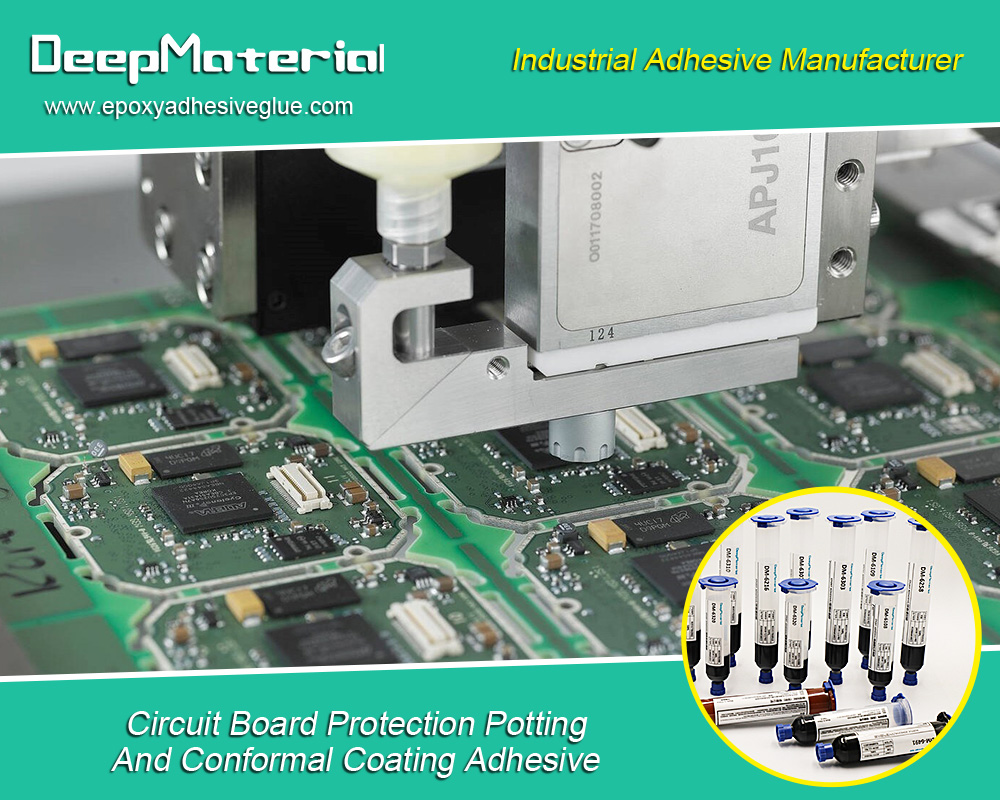
The First Core Advantage: Rapid and Automatic Activation
At the heart of automatic fire suppression materials lies their ability to detect and respond to threats in mere seconds, outpacing human reflexes and traditional systems. This rapid activation is achieved through integrated sensors—thermal, smoke, or flame detectors—that trigger the release of suppressant agents without any external power source or human intervention. For condensed aerosol systems, a solid compound like potassium carbonate heats up upon detection, sublimating into a fast-dispersing aerosol cloud that floods the area and chemically interrupts the fire’s combustion process.
Consider the mechanics: In a typical setup, such as those from manufacturers like FirePro or Stat-X, activation thresholds are set as low as 70-80°C, allowing response times under 10 seconds. This is critical because fires double in size every 30-60 seconds in their incipient stage, per NFPA standards. By contrast, manual extinguishers rely on someone spotting the fire and acting, which can delay response by minutes—time in which a small electrical spark can escalate into a room-engulfing blaze. Automatic systems eliminate this lag, providing 24/7 vigilance even in unmanned spaces like server rooms or engine compartments.
The benefits extend beyond speed to reliability. These materials don’t depend on room integrity or pressure differentials, unlike gaseous systems that require sealed enclosures. A study by the Allianz Commercial highlights how condensed aerosols maintain efficacy in ventilated or open environments, with suppression rates up to 99% for Class A, B, and C fires. In industrial applications, this translates to preventing chain reactions in flammable liquid storage or electrical cabinets, where delays could lead to explosions.
Real-world efficacy is evident in automotive and marine sectors. For instance, pneumatic tube-based aerosol systems in vehicle engine bays activate via melting detection lines, discharging suppressant directly at the source. Recent discussions on X underscore this: A nuclear energy advocate noted how modern sensors paired with automatic suppression enable safer reactor designs, emphasizing “better pumps for tank evacuation, stronger cell wall materials, and fast-acting fire suppression systems.” Similarly, in commercial kitchens, wet chemical foam variants respond to heat from cooking oils, preventing grease fires from spreading to hoods— a common cause of restaurant closures.
This advantage isn’t just theoretical; data from the National Institute of Standards and Technology (NIST) shows that early suppression reduces property damage by up to 90% compared to late interventions. For homeowners, placing a compact aerosol ball in the garage means instant protection against battery or fuel fires, while industries benefit from modular units in wind turbines or battery storage, where remote locations demand autonomy. In essence, rapid activation turns potential disasters into contained incidents, saving lives and preserving operations.
Expanding on applications, in data centers—where downtime costs $5,600 per minute—these systems integrate with building management software for preemptive alerts. A 2024 Fire Safety Search report praises aerosol evolution for “exceptional effectiveness in extinguishing fires rapidly,” noting dispersion speeds that outmatch foams or powders. Environmentally, this quick action reduces overall suppressant use, aligning with sustainability goals by minimizing agent release.
Critics might argue that false activations pose risks, but advanced dual-sensor tech (heat + smoke) minimizes this to under 1%, far below manual error rates. Ultimately, the rapid, automatic nature of these materials redefines fire protection as proactive rather than reactive, offering unparalleled peace of mind.
The Second Core Advantage: Minimal Collateral Damage
One of the most compelling draws of automatic fire suppression materials is their “clean” operation, which suppresses flames without causing secondary harm to people, property, or the environment. Traditional water sprinklers, while effective, often lead to flooding that damages electronics, corrodes metals, and fosters mold—issues that can cost more than the fire itself. In contrast, condensed aerosol materials deploy non-conductive, non-corrosive agents that evaporate post-suppression, leaving no residue and requiring virtually no cleanup.
The science behind this is elegant: Aerosol particles, typically 1-10 microns in size, float and settle slowly, targeting fuel vapors and radicals in the fire triangle without displacing oxygen below safe levels (maintaining 15-18% O2). Clean agents like FM-200 or Novec 1230 in hybrid systems are electrically non-conductive, making them safe for live electrical fires. For high-value assets—think museums, labs, or IT infrastructure—this means zero water damage and instant resumption of operations. Total Fire Protection’s analysis notes that clean agent systems result in “less cleanup and less downtime,” with businesses reopening in hours rather than days.
Environmentally, these materials shine with zero ozone depletion potential (ODP) and global warming potential (GWP), per Wikipedia’s overview of condensed aerosols. Unlike phased-out Halons, they comply with Montreal Protocol standards, using potassium-based compounds that break down harmlessly. This eco-friendliness is vital in occupied spaces; agents are non-toxic, allowing safe evacuation without asphyxiation risks associated with CO2 systems.
In practice, this advantage manifests across sectors. In server rooms, aerosol modules protect against overheating without short-circuiting servers—a $100,000+ risk per incident. Kanex Fire’s guide lists “minimal damages” as a top benefit, citing early-stage control that preserves structural integrity. For residential use, fire-extinguishing balls like Elide deploy dry powder that coats surfaces lightly, washable with minimal effort, unlike sticky foams.
Industrial case studies amplify this. In a 2023 deployment at a European chemical plant, aerosol systems contained a solvent fire without contaminating adjacent production lines, saving €500,000 in cleanup alone. Sovereign Extinguishing emphasizes that aerosols cause “very little room pressure change,” preventing structural stress in confined areas like marine engine rooms. On X, fire safety experts highlight kitchen suppression advantages: “Simple reliable protection for kitchen hoods,” with videos showing residue-free post-discharge environments.
Moreover, occupant safety is enhanced; non-irritating aerosols allow time for escape, reducing injury rates by 50% per NFPA data. For sensitive environments like archives or medical facilities, this collateral minimization is invaluable—protecting irreplaceable documents or equipment from both fire and suppressant side effects.
Challenges exist, such as ensuring even dispersion in large volumes, but modular designs address this with overlapping coverage. Overall, the minimal damage profile positions these materials as a superior choice, transforming fire events from destructive to manageable.
The Third Core Advantage: Cost-Effectiveness and Ease of Use
Beyond speed and cleanliness, automatic fire suppression materials excel in delivering long-term value through affordability, simplicity, and low ongoing costs—making them accessible for budgets big and small. Initial installation is straightforward: No complex piping, electrical wiring, or structural modifications required. Modular aerosol generators clip into place, often self-installable, slashing setup expenses by 40-60% compared to piped gaseous systems.
Ceasefire’s analysis of modular systems underscores this: “Inexpensive components, easy to install, long lifespan, and little servicing” lead to substantial savings. A single unit might cost $200-500, versus $5,000+ for full sprinkler retrofits. Maintenance is equally economical—annual inspections suffice, with 10-20 year lifespans, versus frequent refills for pressurized alternatives. This translates to total ownership costs 30% lower, per AITS Gulf’s top benefits list.
Insurance perks amplify savings: Properties with automatic systems see premiums drop 10-25%, as insurers recognize reduced risk. State Systems Inc. notes compliance with regulations not only avoids fines but enhances asset protection, indirectly boosting ROI. For industries, minimal downtime—hours, not weeks—preserves revenue; a data center fire averted could save millions.
Ease of use extends to scalability: Compact designs fit tight spaces like electrical cabinets or vehicles, with retrofit-friendly options. Solar Fire Systems praises condensed aerosols for “lightweight, easy installation, and pressure-free storage.” In vehicles, tube-based systems protect engines for under $300, a fraction of fleet-wide sprinkler costs.
Examples abound. A 2025 retrofit in a U.S. warehouse using aerosol panels cost 50% less than CO2 upgrades, with zero maintenance disruptions. Residentially, aerosol balls offer five-year protection for $50, democratizing safety. X posts from fire pros echo this: Reacton’s guides on clean agents tout “cost-effective solutions protecting people & assets 24/7.”Long-term, sustainability adds value—fewer resources for production and disposal. While upfront costs vary, lifecycle analyses show payback in 2-3 years via damage prevention. This trifecta of low entry barriers, minimal upkeep, and financial incentives cements cost-effectiveness as a core pillar.
Real-World Impact and Case Studies
To illustrate, consider these cases. In a 2024 Kenyan wind farm, Stat-X aerosols activated in a turbine nacelle fire, containing it in 8 seconds with no blade damage—saving $2 million. A U.S. data center averted $10 million in losses via clean agent discharge, resuming ops in 2 hours. Homeowners report garage fires halted by balls, with cleanup under 30 minutes. These underscore the advantages’ synergy: Speed prevents spread, cleanliness enables quick recovery, and costs ensure viability.
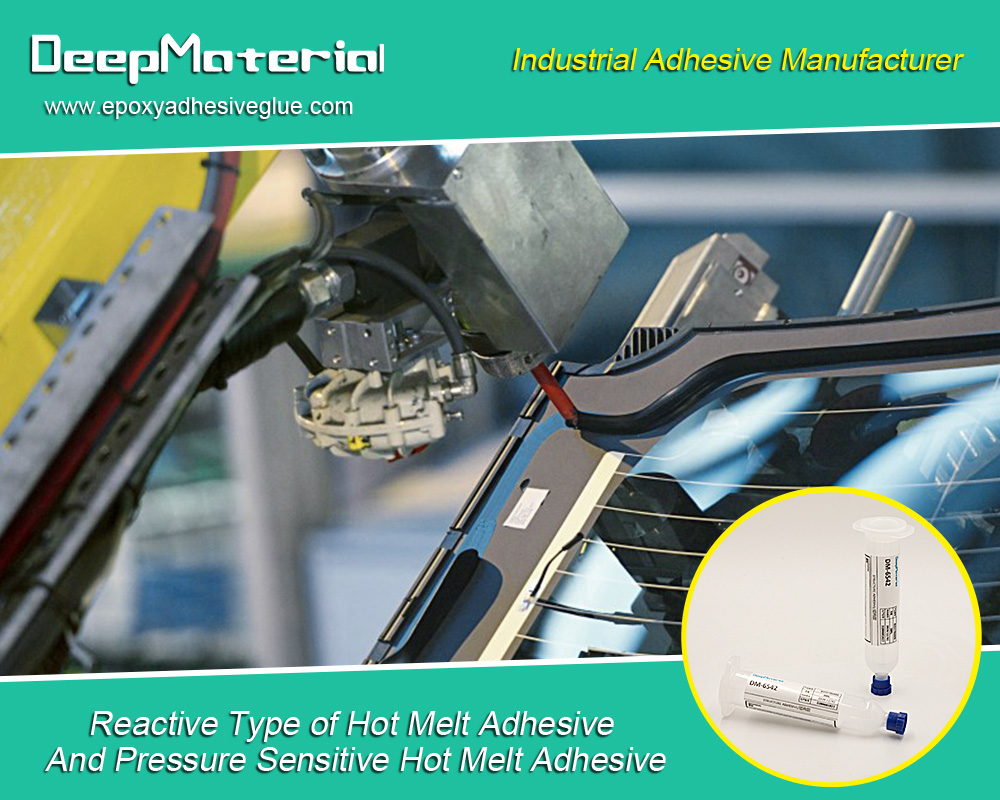
Conclusion
Automatic fire suppression materials, through rapid activation, minimal damage, and cost-effectiveness, offer a robust triad of advantages revolutionizing protection. As fires evolve with urbanization and tech, embracing these systems is imperative. Invest today for a resilient tomorrow—your safety depends on it.
For more about the 3 core advantages of automatic fire suppression material, you can pay a visit to DeepMaterial at https://www.epoxyadhesiveglue.com/category/epoxy-adhesives-glue/ for more info.


